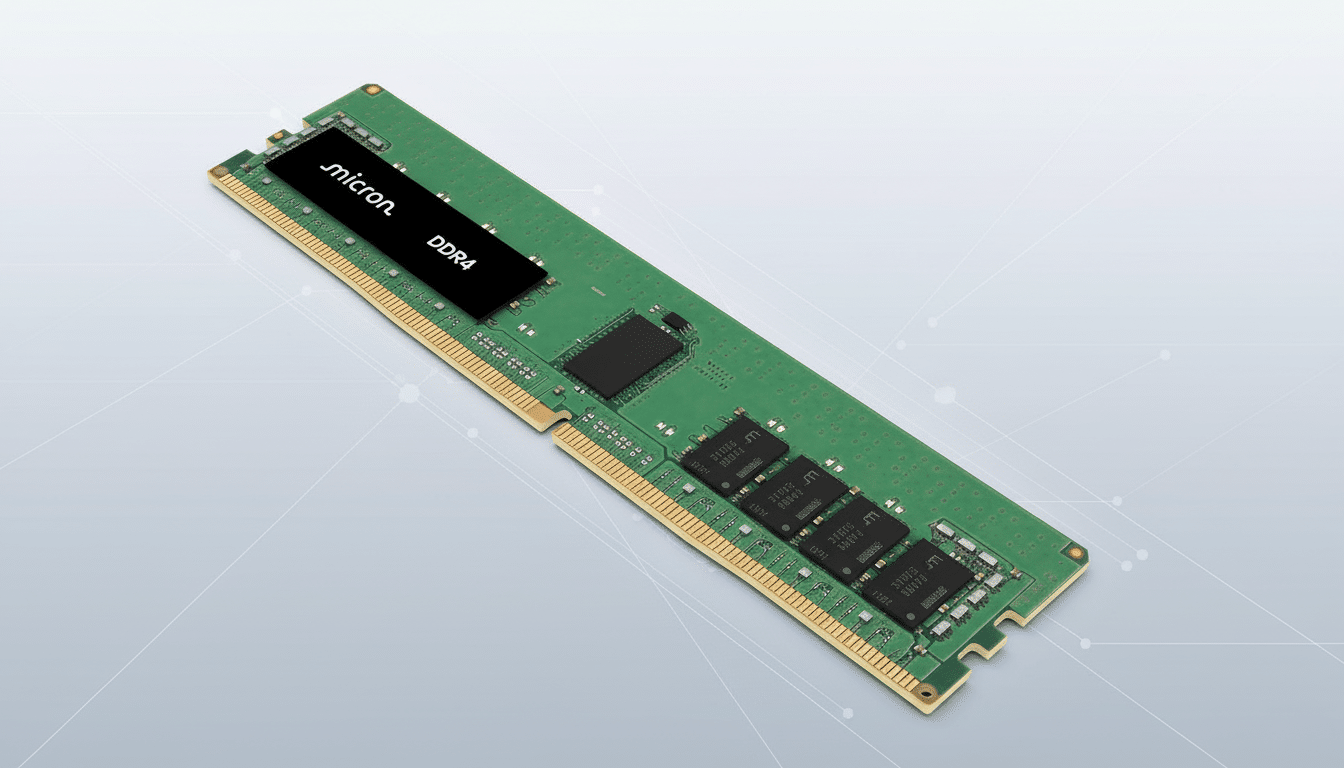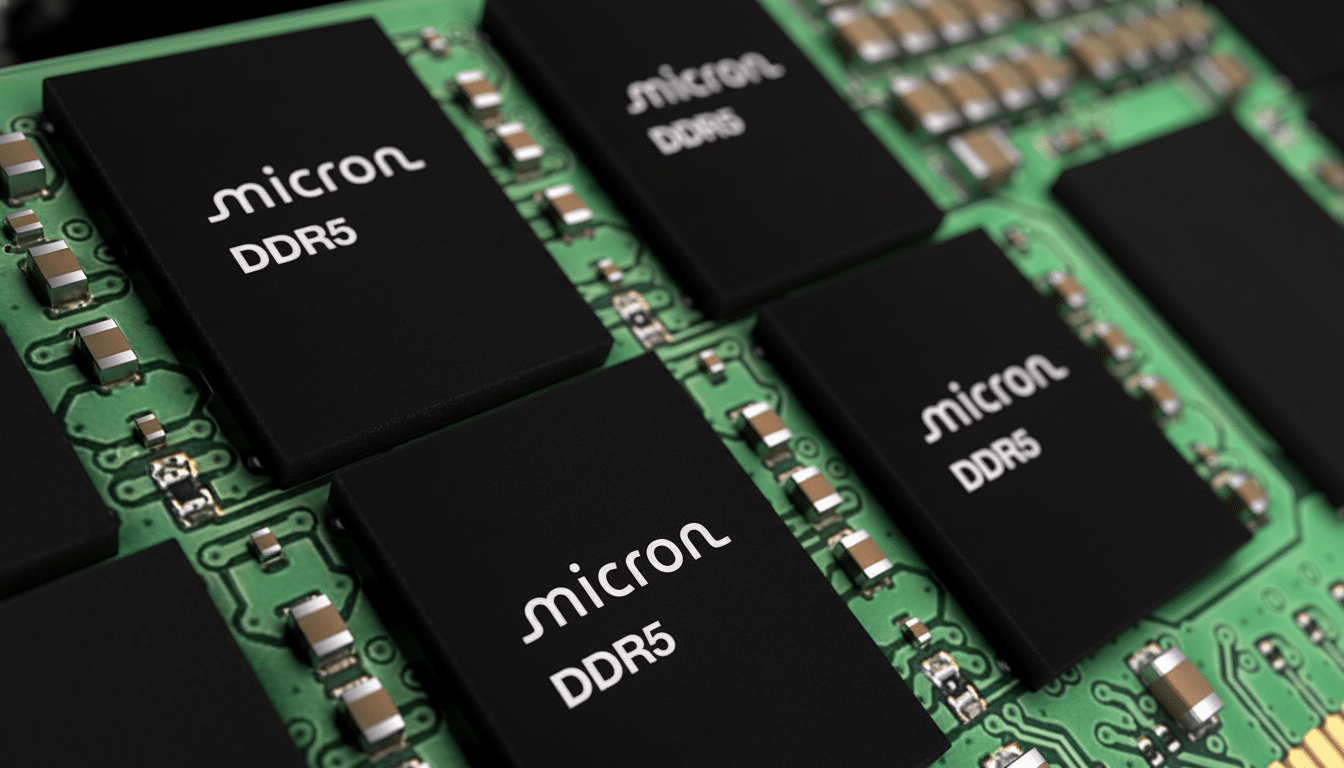Smartphone makers are preparing for yet another new price shock as the cost of memory chips spikes, with potentially wide-ranging and imminent impact at store shelves. Suppliers quoted “unacceptably” high offers for orders, and at least several of the largest handset brands have stopped buying RAM for now, reports Chinese finance news source Jiemian News (English-language translation of Jiemian here), squeezing manufacturers who must either cut specifications or add a premium to new models.
Why RAM Prices Are Suddenly Rising Across Devices
The lift is driven in part by a tug-of-war over memory between phones and the data centers behind today’s AI boom. DRAM and NAND producers have limited capacity, and more is being directed toward servers and accelerators, where customers are more willing to pay higher premiums. Server buyers are now being quoted prices up to 30% higher than those for smartphone customers, with the arbitrary allocation moving away from handsets, Jiemian says.

DRAM contract prices have continued to rise for multiple quarters, according to industry trackers TrendForce, with supply tight and the NAND market being actively restricted. Suppliers such as Micron, Samsung and Kioxia slashed flash production in the past to ease inventories and bolster pricing, a tactic now biting with demand rebounding. At the same time, the accelerated pivot to high-bandwidth memory for AI accelerators is absorbing investment and back-end packaging capacity throughout the memory ecosystem, raising average selling prices more generally.
Phone Brands Tap the Brakes on Memory Orders
Firms including Xiaomi, OPPO and Vivo have not been making purchases of memory components from major suppliers Samsung and Micron in recent months as prices surged, according to Jiemian. One of the manufacturers quoted in the report said that a key decision is ahead: either downgrade RAM or storage capacities on forthcoming devices, or raise prices for consumers.
The standoff illustrates the limitations of leverage for phone makers at a time when the supply-demand equation has flipped in favor of servers. SK hynix, Micron, Samsung and the rest are focusing on higher-margin markets, and handset buyers who hold out for too long may find the supply of LPDDR (and UFS) running into short supply during short launch windows.
What It Means For The Phones Going Forward
Memory is not a rounding error in a phone’s bill of materials. Estimated percentages of combined DRAM and NAND within total hardware costs for premium handsets come out to somewhere between 10%–20%, with a smaller but still significant proportion in mid- to lower-end handsets, according to teardowns from Counterpoint Research and TechInsights. As component pricing foreshadows swings upward, most brands have three levers: increase retail prices, lower base specs (like 8GB of RAM instead of 12 (or now even just 4), or 128GB of storage rather than being flush with double that) or go slower on implementing costlier standards like LPDDR5X and UFS 4.0.
Expect uneven responses by segment. Flagship lines may hold the line on memory configurations but move prices upward or shift cost recovery into carrier contracts and promotional plans. Midrange and budget models would probably face more modest cuts to their RAM, storage tiers — or even notches by region. A few manufacturers may also rely on boasts about software efficiency to justify using low levels of memory alongside good multitasking capabilities.

Not Just a China Story: Global Supply Chain Impact
While the latest signals emerged from Chinese brands, the supply chain is global. Apple, Samsung, Google and others buy from the same memory majors and are subject to similar allocation dynamics. Unless server customers continue protecting their lead with rising prices, the pricing pressure will ripple through devices in every region and at every price point.
Exacerbating the challenge, storage makers have organized more than a year of production discipline to fatten profits following a steep downturn. With inventories largely restocked, any demand rebound from AI servers or in-demand consumer electronics quickly manifests itself with higher contract prices for buyers.
How Long Could This Last for Smartphone Memory?
An industry source quoted by Jiemian foresees memory prices maintaining their upward trend until H1 2026. That view is consistent with more general market commentary: TrendForce notes a shortage of DRAM as AI infrastructure expands and says NAND vendors expect pricing to remain firm into Q1, even though capacity expansion has been modest.
The wildcard is capital expenditure. Pressure could be relieved if memory makers accelerate new wafer capacity or move up the timetable for preparing nodes of mobile DRAM and UFS-grade NAND. But with so much investment going toward high-bandwidth memory and advanced packaging—where returns are highest—smartphone-focused supply may not be the first in line.
What Buyers Can Do Now to Save on Upgrades
If you’re due for an upgrade, look out for promotional cycles that can counterbalance component-driven increases, especially carrier trade-in deals. Be sure to compare configurations closely from one region to the next, as some markets might subtly skew the base RAM or storage. And if you ever run out of room, it’s often more affordable to buy a higher tier at purchase than it is to expand your storage through aftermarket upgrades or cloud subscriptions over time.
The bottom line is straightforward: as the prices of RAM and storage boom higher, smartphone makers are left with only limited headroom to take the hit. Unless the supply picture changes, people should expect some combination of tighter specs or higher price tags when new releases come out.

